In 1954, on the Northwestern battlefield of the Fatherland, the Vietnamese army and people overcame all difficulties and hardships, demonstrated their bravery, intelligence, and great solidarity, launched the Dien Bien Phu Campaign, and destroyed the strongest French stronghold in Indochina. Thereby, they established a famous historical feat that "shook the world".
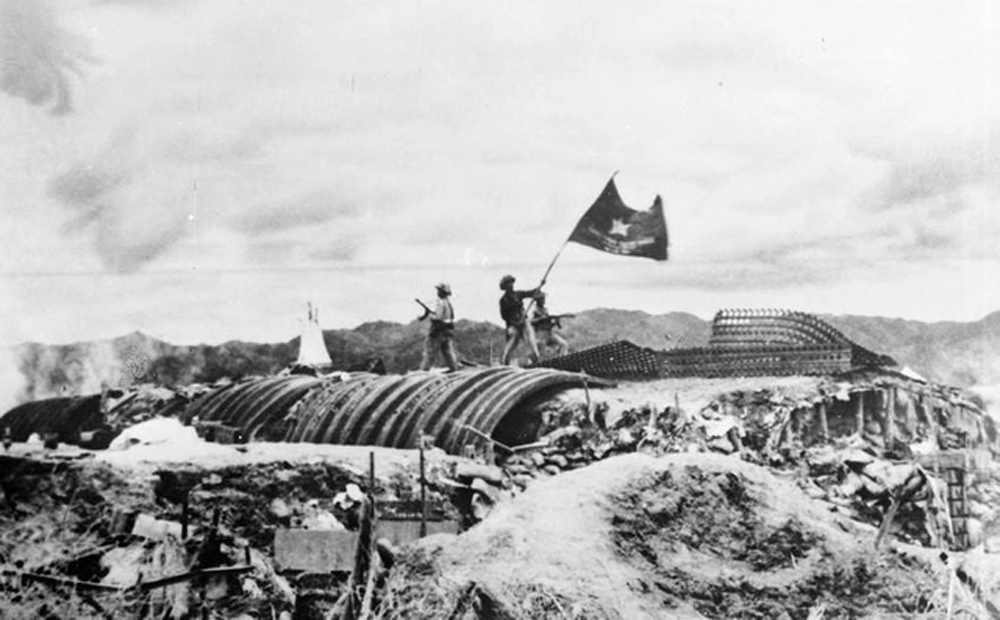 |
| On the afternoon of May 7, 1954, the "Determination to Fight - Determination to Win" flag of the Vietnam People's Army flew on the roof of General De Castries' bunker, marking the complete victory of the historic Dien Bien Phu Campaign. Photo: Archive |
1. Not long after Vietnam declared independence, the French colonialists returned to invade Indochina. With great confidence and an iron will to "sacrifice everything but never lose the country, never become slaves", the entire Vietnamese people united under the flag of the Party and the Government of the Democratic Republic of Vietnam led by President Ho Chi Minh, fought bravely and steadfastly, gradually crushing the war strategies of the French colonialists.
By 1953, after 8 years of pursuing an aggressive war, the French people still suffered heavy defeats. Taking advantage of that situation, the US imperialists increased their intervention, trying to aid the French colonialists to expand the war. In the summer of 1953, General Nava was appointed Commander-in-Chief of the French army in Indochina. In July 1953, the French government approved a new military plan proposed by General Nava (also known as the Nava Plan), the basic content of which was to focus on building a strong main force with high mobility, launching a strategic offensive to win a decisive victory, and ending the war on favorable terms. Implementing the proposed new military plan, the French colonialists added expeditionary troops. After only a short time, on the Indochina battlefield, the enemy consolidated and built 84 strategic mobile battalions, of which 44 battalions were concentrated in the Northern Delta.
2. In response to the enemy's plot, in September 1953, the Politburo and the Party Central Committee met to discuss and propose our strategic policy for the Winter-Spring campaign of 1953-1954: Concentrating forces to launch attacks in strategically important directions where the enemy was relatively weak in order to destroy a part of the enemy's forces, liberating land, and at the same time forcing them to passively disperse their forces to respond, creating favorable conditions for us to step up activities to bankrupt the Nava Plan. This was a very correct and creative policy, paving the way to victory for the Vietnamese revolution in the Winter-Spring campaign of 1953-1954, culminating in the Dien Bien Phu Campaign.
Implementing the Resolution of the Politburo, from the end of 1953 to the beginning of 1954, the Vietnamese army and people closely coordinated with the Lao and Cambodian resistance forces to launch attacks throughout the Indochina battlefield (Northwest, Upper Laos, Central Laos, Central Highlands, etc.), forcing the French to disperse their forces to respond. Discovering that a part of our main force was advancing to the Northwest (November 1953), the French Expeditionary Command hastily mobilized forces, building Dien Bien Phu into a strong stronghold to attract and defeat the main force of our army. By early March 1954, the French army gathered at Dien Bien Phu up to 16,200 soldiers, arranged into a defensive system of 49 strongholds, with many types of modern equipment and weapons. Both France and the US assessed Dien Bien Phu as an "invincible fortress".
On our side, on December 6, 1953, the Politburo and the Central Military Commission decided to launch the Dien Bien Phu Campaign - a strategic decisive blow to successfully end the resistance war against French colonialism. We gathered a total of 55,000 troops; mobilized over 260,000 laborers; used 628 cars, 21,000 bicycles and thousands of other rudimentary vehicles; mobilized 27,400 tons of rice and thousands of tons of other materials...
Faced with the harsh challenges of history, Vietnam's bravery and intelligence continued to shine. After studying and re-examining the situation on all fronts, the Campaign Command (headed by General Vo Nguyen Giap) decided to switch from the previous motto of "fighting fast, winning fast" to the motto of "fighting steadily, advancing steadily". This was a pivotal decision, directly leading to the victory of the campaign.
On March 13, 1954, our troops opened fire, opening the campaign. After 56 days and nights of fierce fighting, overcoming countless hardships and sacrifices, with “unwavering courage and unwavering will”, our troops completely destroyed the Dien Bien Phu stronghold (May 7, 1954), captured the commander De Castries, ending the strategic battle with victory.
With the victory of the Dien Bien Phu Campaign, the Vietnamese army and people forced the French Government to sign the Geneva Agreement (July 21, 1954) recognizing the independence, sovereignty, unity and territorial integrity of the three Indochinese countries, successfully ending the 9-year long and arduous resistance war (1945-1954)...
On the 69th anniversary of the Dien Bien Phu Victory, we have a deeper and more comprehensive understanding of the magnitude of that glorious feat. It was a victory of the mettle, intelligence and strength of Vietnam in the Ho Chi Minh era. Promoting the spirit of the Dien Bien Phu Victory in the cause of national construction and defense today, we need to continue to creatively apply the valuable lessons and experiences we have learned. That is to maintain and strengthen the leadership role of the Party; promote the people's right to mastery, respect and protect the legitimate interests of the people...
According to Hanoimoi.com.vn
Source link


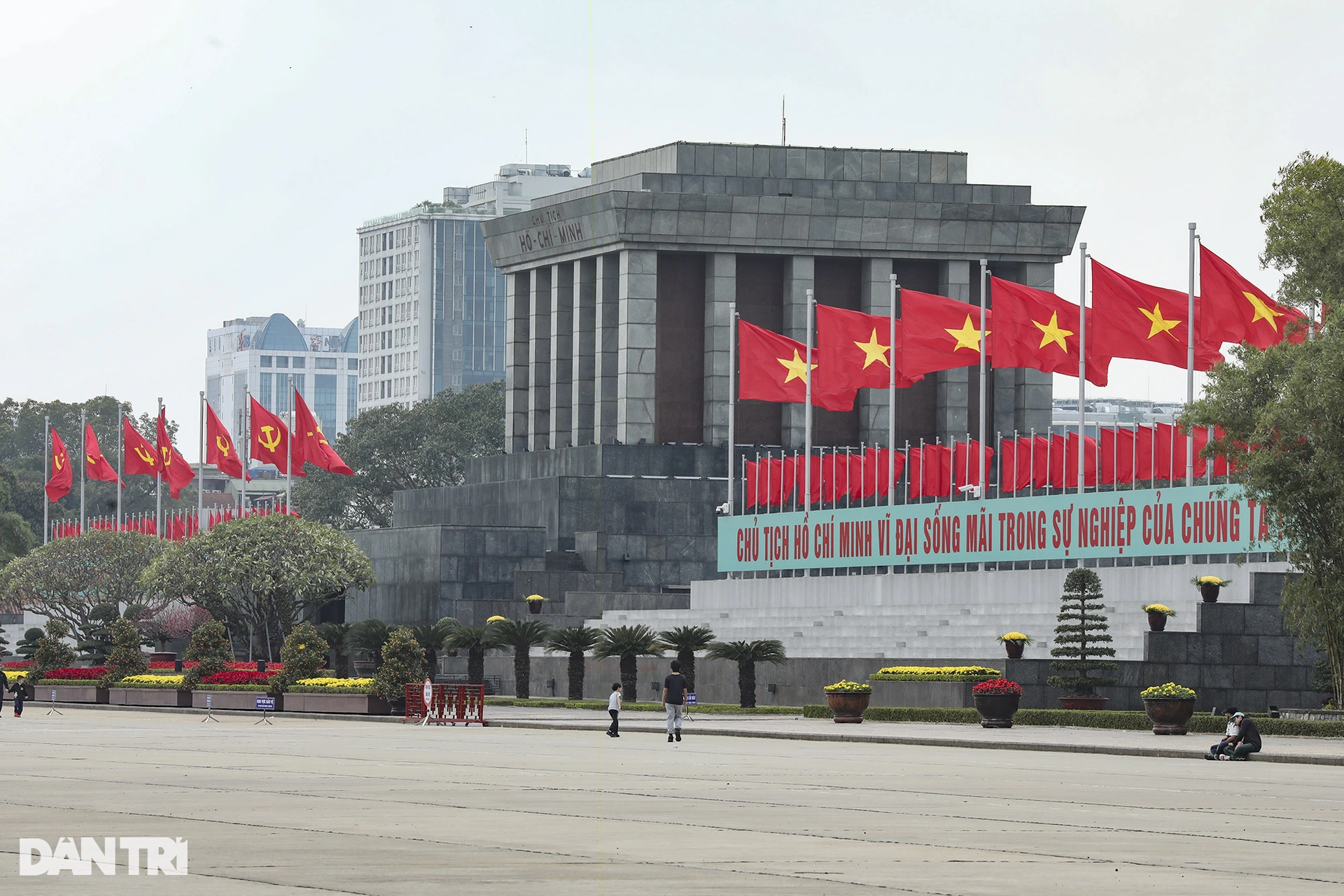



















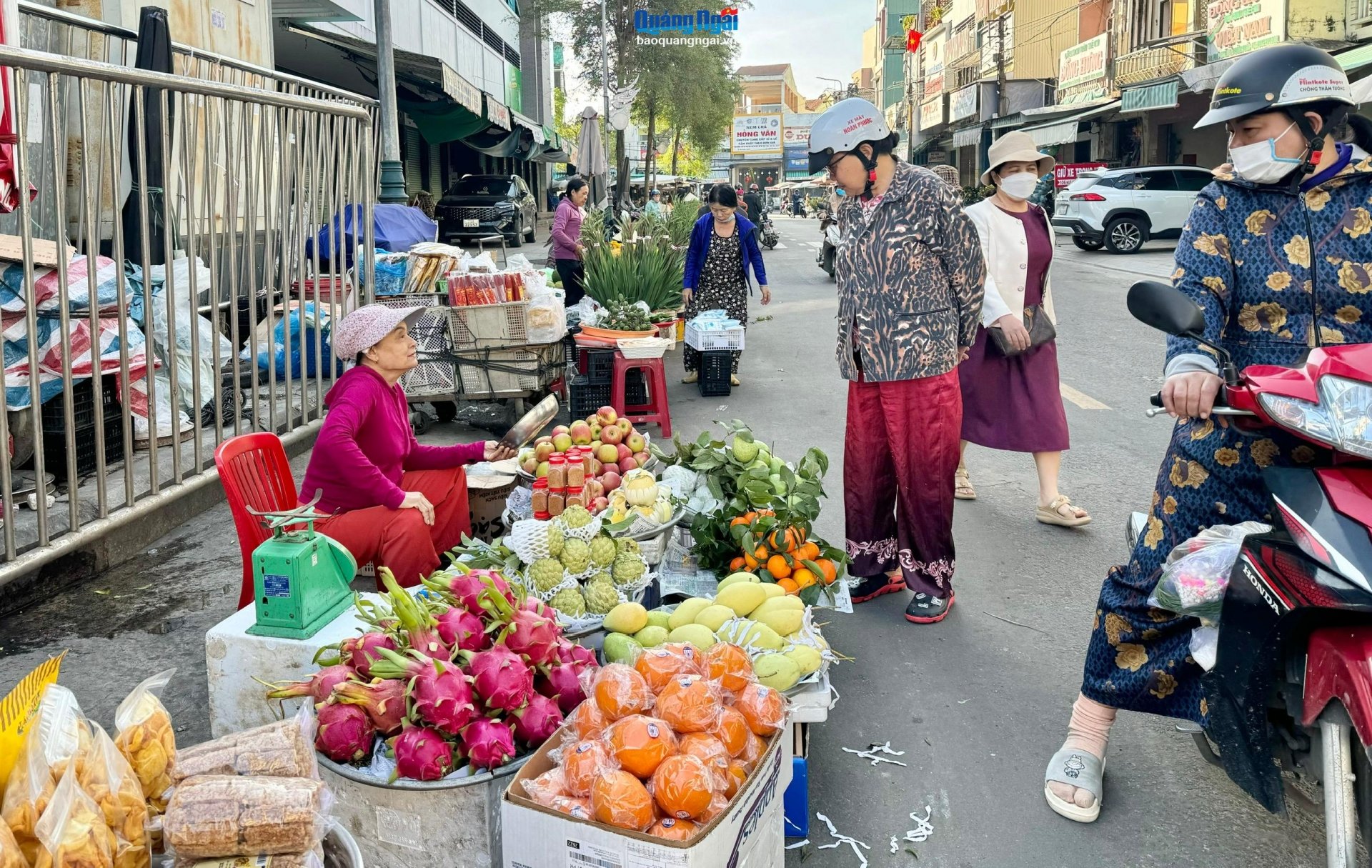
![[Video]. Interact with musician Sy Hung](https://vstatic.vietnam.vn/vietnam/resource/IMAGE/2025/2/1/12d3e5709b21486b903d0e9b8e457735)
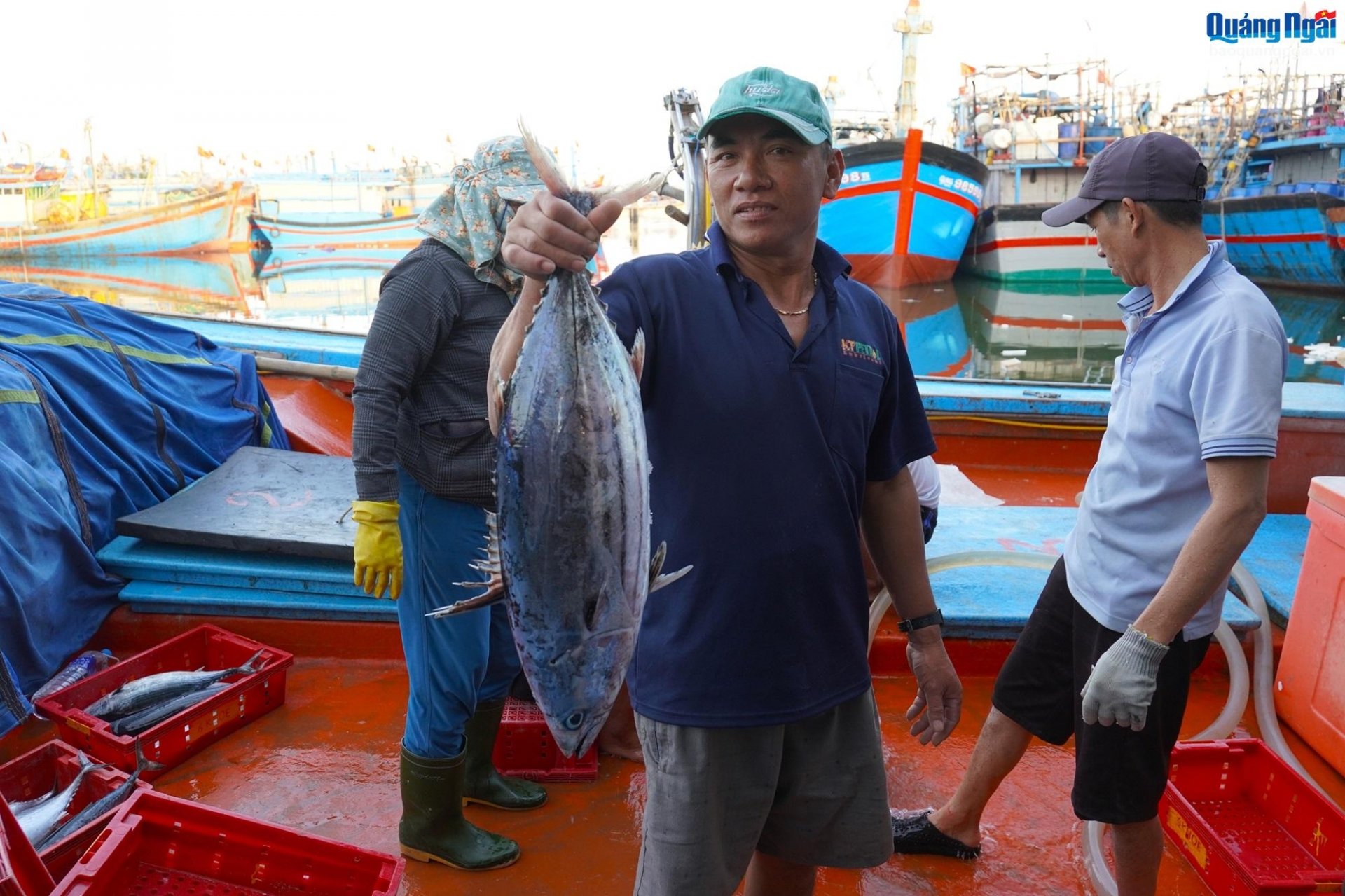
![[Podcast]. News on January 29, 2025](https://vstatic.vietnam.vn/vietnam/resource/IMAGE/2025/1/30/9cabd8badd8149738d222537b730d3b3)
![[Podcast]. News on January 30, 2025](https://vstatic.vietnam.vn/vietnam/resource/IMAGE/2025/1/31/19899cdc485a4d46938df19fe11d5833)
![[Photos]. Highlights of the New Year's Eve art program](https://vstatic.vietnam.vn/vietnam/resource/IMAGE/2025/1/29/4102c28bbb4a484bacc2f824bc98b636)
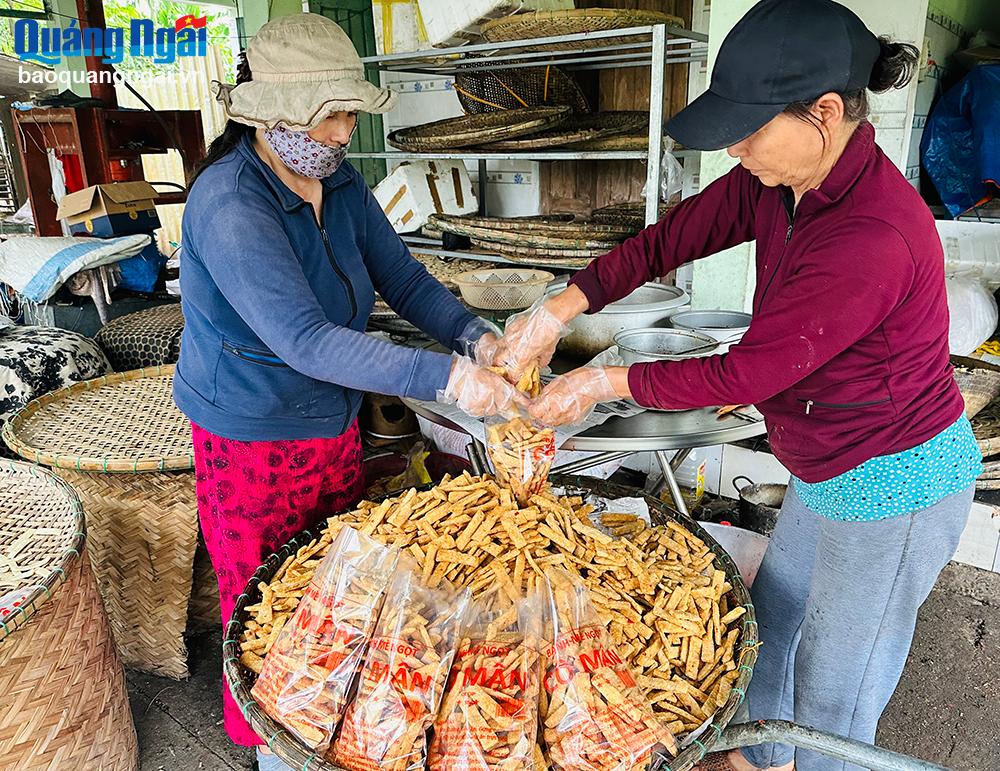


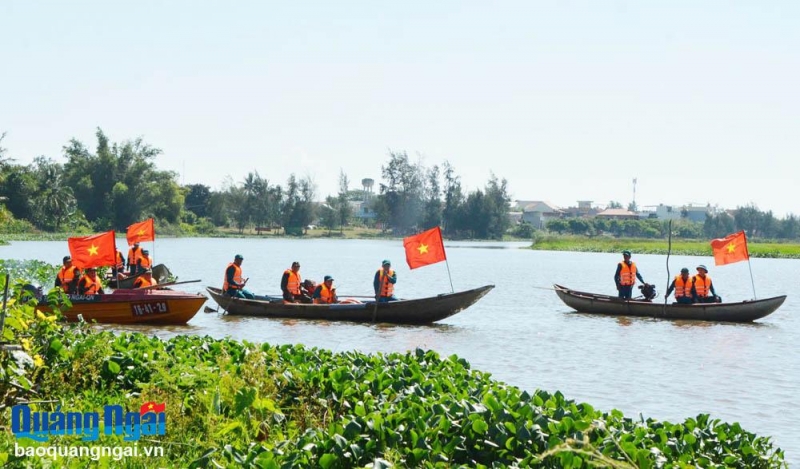
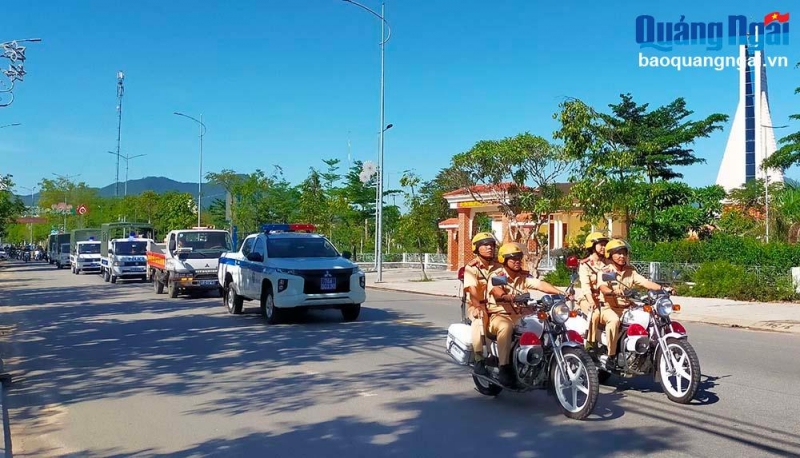
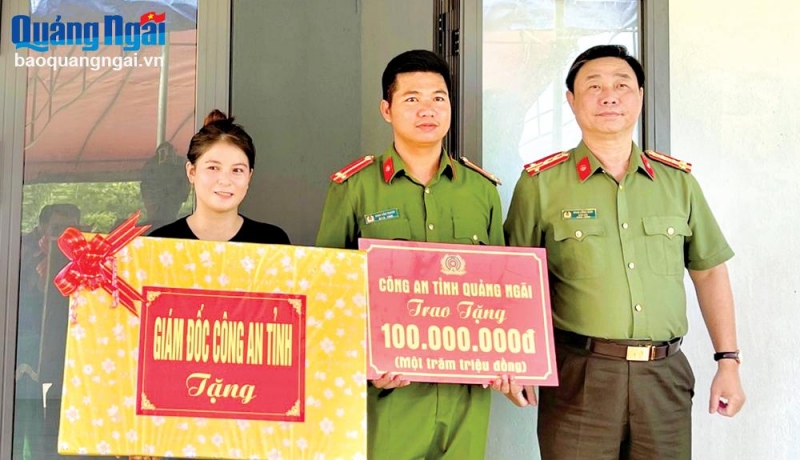



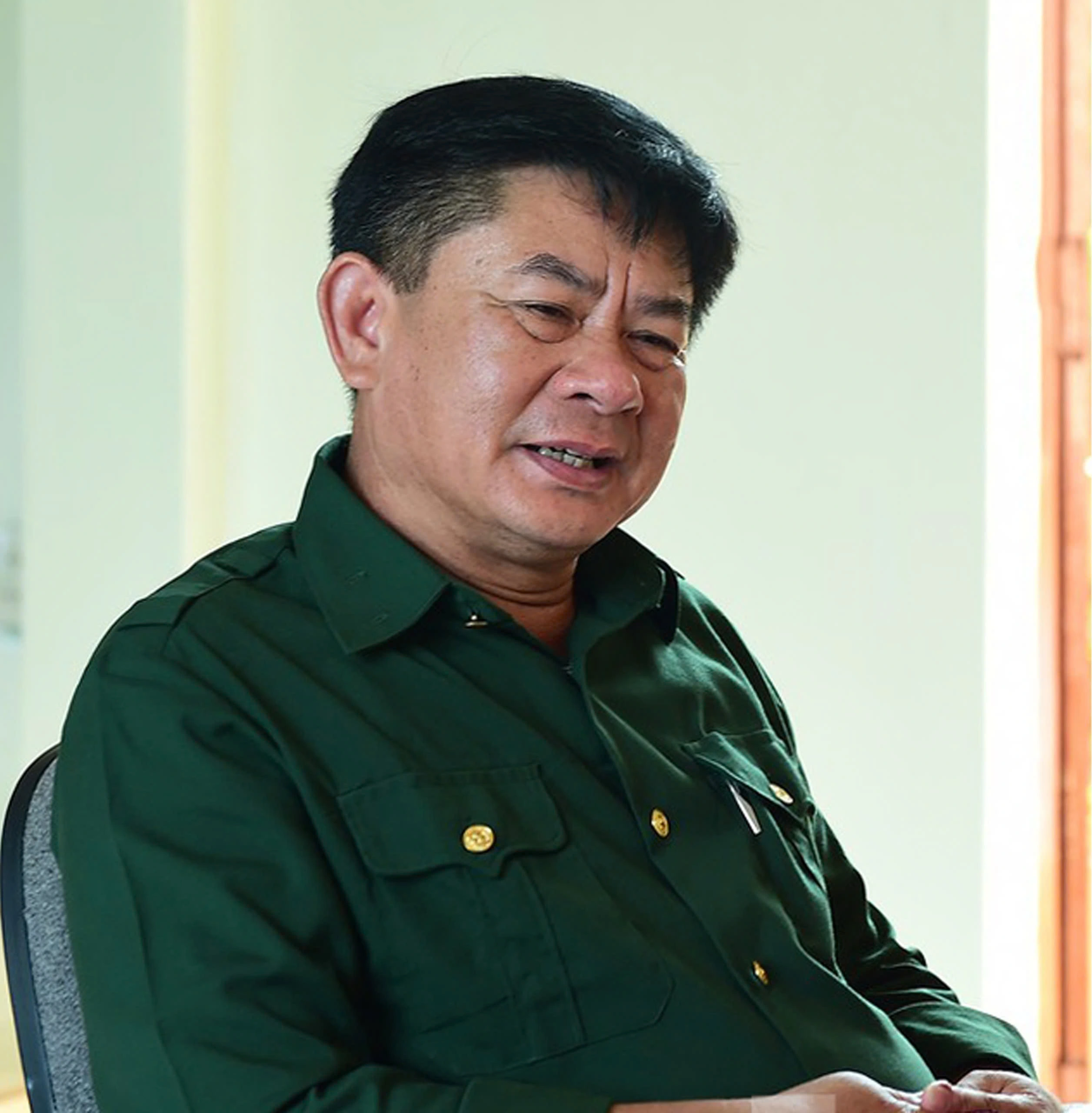










Comment (0)